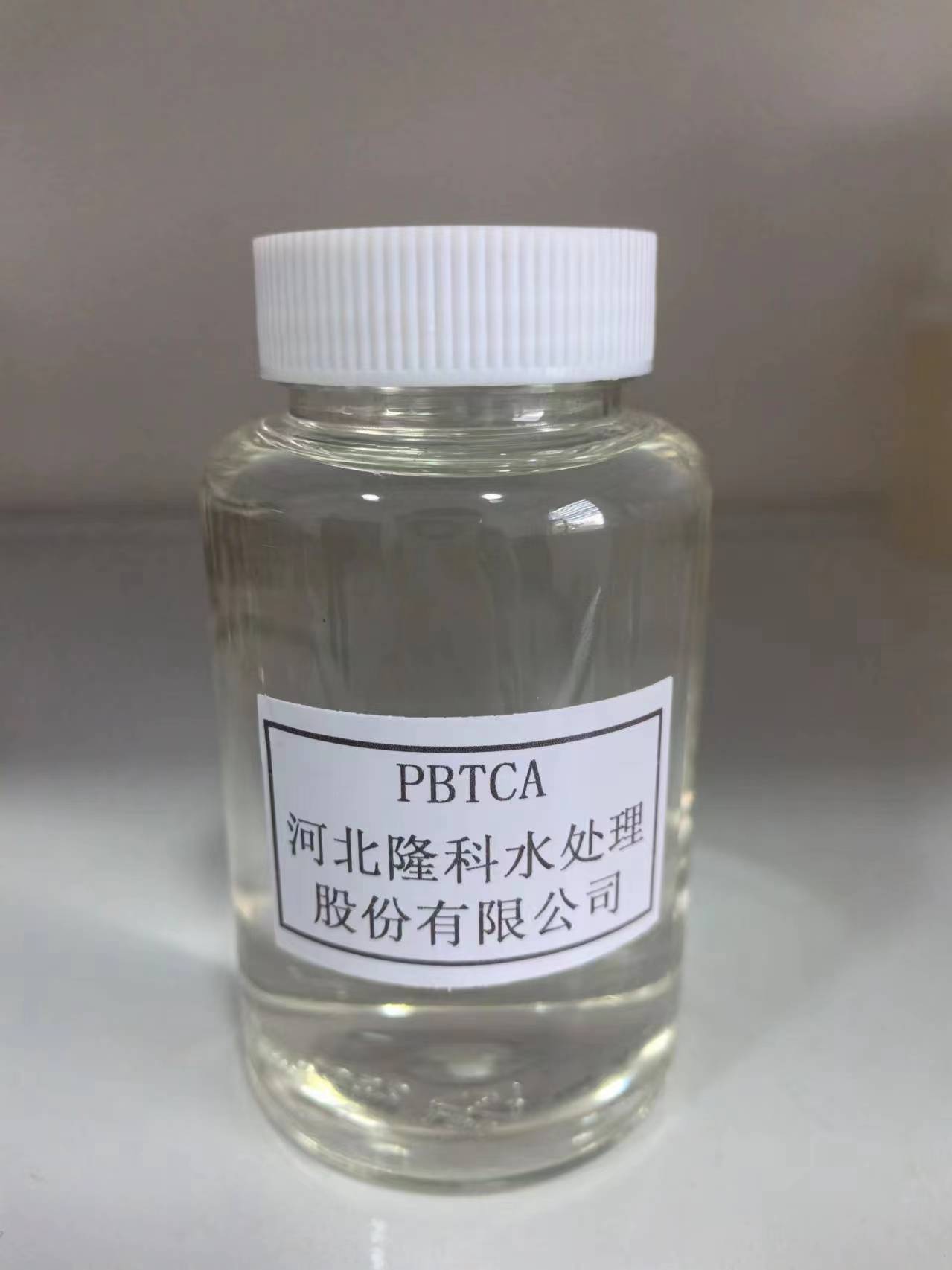anionic polyacrylamide flocculant
Anionic Polyacrylamide Flocculant A Comprehensive Overview
Anionic polyacrylamide flocculant, commonly referred to as anionic PAM, plays a pivotal role in various industrial applications, particularly in water treatment, soil stabilization, and mineral processing. Its unique properties make it a versatile agent used extensively across several sectors, due to its ability to enhance sedimentation and enhance the clarity of wastewater while reducing environmental impact.
What is Anionic Polyacrylamide?
Anionic polyacrylamide is a synthetic polymer made from the polymerization of acrylamide and an anionic group. The anionic charge is essential, as it enables the polymer to interact effectively with positively charged particles in suspension. The molecular structure of anionic PAM allows it to form large, complex molecules that can entrap and bind to impurities, facilitating their aggregation into larger flocs that can be easily removed from water systems.
Mechanism of Action
The flocculation process occurs when anionic PAM is introduced into a suspension of particles, such as sediment in water. Once added, the anionic polymer molecules interact with the suspended particles, leading to charge neutralization. The resulting flocs—aggregates of particles—are larger and heavier than the individual particles. This phenomenon accelerates the sedimentation process, allowing for faster and more efficient separation of solids from liquids. This makes anionic PAM particularly valuable in various water treatment processes, including drinking water purification, wastewater treatment, and stormwater management.
Applications
1. Water Treatment Anionic PAM is widely used in municipal and industrial wastewater treatment. It facilitates the removal of suspended solids, organic matter, and other contaminants, thereby improving effluent quality. The polymer's ability to increase the size of flocs ensures that a larger quantity of impurities can be settled in a shorter time, thereby enhancing the overall efficiency of water treatment facilities.
anionic polyacrylamide flocculant

2. Soil Stabilization In agriculture, anionic PAM is employed to improve soil structure and reduce erosion. The polymer enhances water retention in soils and promotes the aggregation of soil particles, which aids in preventing runoff and the loss of vital nutrients. By reducing soil erosion, anionic PAM contributes to sustainable farming practices, ensuring better crop yields and soil health.
3. Mining and Mineral Processing In the mining industry, anionic PAM plays a critical role in the extraction of various minerals. Its flocculating ability helps to separate valuable minerals from the ore, leading to increased recovery rates. Additionally, it aids in the clarification of tailings ponds, minimizing the environmental impact associated with mining processes.
4. Oil Recovery Anionic polyacrylamide is also utilized in enhanced oil recovery processes. By reducing the viscosity of the water used in the extraction process, it helps facilitate the movement of oil through porous rock formations, thereby boosting oil recovery rates.
Environmental Benefits
One of the most significant advantages of using anionic polyacrylamide is its environmentally friendly profile. Unlike many traditional flocculants, anionic PAM is non-toxic and biodegradable, ensuring minimal harm to aquatic ecosystems. Its application can lead to reduced chemical use in water treatment processes, lower sludge production, and enhanced recycling of water, aligning with global sustainability efforts.
Conclusion
Anionic polyacrylamide flocculant is a remarkable example of how synthetic polymers can be leveraged for the greater good across multiple industries. From improving water quality to enhancing agricultural practices, its diverse applications underline its importance in modern engineering and environmental conservation. As industries continue to seek sustainable solutions, the role of anionic PAM will undoubtedly grow, contributing to cleaner water resources and more efficient mineral processing while promoting eco-friendly initiatives globally.
-
2-Phosphonobutane-1,2,4-Tricarboxylic Acid: Scale & CorrosionNewsAug.29,2025
-
Premium Isothiazolinones | Broad-Spectrum Biocidal SolutionsNewsAug.28,2025
-
LK-319 Special Scale And Corrosion Inhibitor For Steel Plants: Advanced Solutions for Industrial Water SystemsNewsAug.22,2025
-
Flocculant Water Treatment: Essential Chemical Solutions for Purification ProcessesNewsAug.22,2025
-
Isothiazolinones: Versatile Microbial Control Agents for Industrial and Consumer ApplicationsNewsAug.22,2025
-
Scale Inhibitor: Key Solutions for Water System Scale PreventionNewsAug.22,2025





